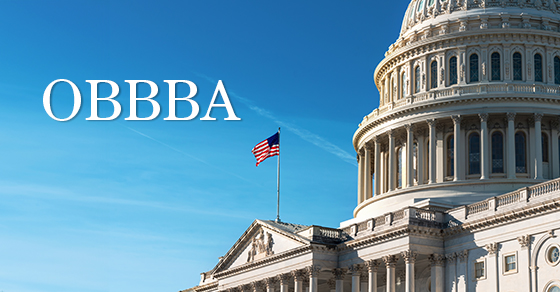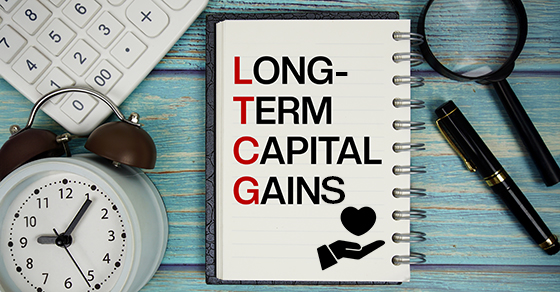
On July 4, 2025, President Trump signed into law the One Big Beautiful Bill Act, marking a significant overhaul and modernization of the U.S. tax code affecting trusts, estates, and individual taxpayers. This landmark legislation introduces a range of permanent and temporary provisions designed to enhance tax fairness, incentivize economic growth, and provide targeted relief to seniors, families, and small businesses.
Estate and Gift Tax Changes
One of the major highlights of the Act is the increase in the estate and gift tax exemption. The exemption amount per individual has been raised from $13.99 million to $15 million, allowing individuals greater flexibility in transferring wealth without incurring federal estate taxes. This change aims to simplify estate planning and provide relief to families navigating wealth transfer.
Individual Income Tax Adjustments
The Act retains the existing income tax brackets but modernizes thresholds by indexing them for inflation, ensuring taxpayers’ brackets keep pace with economic changes. Notably, income brackets under 24% benefit from an additional year of inflation adjustment, providing incremental tax relief to many middle-income earners.
Enhanced Alternative Minimum Tax (AMT) Provisions
The individual AMT exemption amounts from 2018 are now permanently allowed and indexed for inflation. Furthermore, the phase-out percentage has doubled from 25% to 50%, with phase-out thresholds adjusted to $500,000 for singles and $1,000,000 for married couples filing jointly. These reforms prevent unintended AMT liability for many middle- to upper-income taxpayers.
Standard and Senior Deductions
The standard deduction has been permanently increased and indexed for inflation, now set at $31,500 for married filing jointly, $23,625 for heads of household, and $15,750 for singles. In addition, the Act introduces a new above-the-line deduction of $6,000 for seniors aged 65 and over, phasing out at incomes above $150,000 for joint filers and $75,000 for others, effective through 2028. This provision acknowledges the rising expenses many seniors face and offers them temporary tax relief.
Itemized Deduction Modifications
To limit excessive benefits for high-income taxpayers, itemized deductions are now capped so that each dollar provides no more than $0.35 in tax benefit for those in the top 37% bracket.
Additionally, miscellaneous itemized deductions are no longer allowed, except for certain educator expenses which were removed from the list of miscellaneous itemized deductions. The definition of an educator is now expanded to coaches and interscholastic sports administrators. This is in addition to the $300 above-the-line deduction. And this deduction isn’t subject to the 2% of AGI floor or a specific dollar limit. The new deduction is available for eligible expenses incurred after Dec. 31, 2025.
The mortgage interest deduction remains and is permanently capped at a $750,000 principal loan limit, and the deduction for home equity loan interest is disallowed.
Temporary and New Deductions
The Act introduces a temporary deduction for up to $10,000 in car loan interest for certain U.S.-assembled vehicles, applicable to loans made between 2025 and 2029, with a phase-out beginning at incomes of $100,000 (single) and $200,000 (joint). The deduction is for a new car, not for a used car. It must be for personal use, not a commercial vehicle.
State and local tax (SALT) deduction caps have been temporarily raised from $10,000 to $40,000 through 2029, with income phase-outs (but not below $10,000) applying to high earners, individuals who earn more than $500,000 per.
The wagering loss deduction has been permanently limited to 90% of wagering losses, capped by wagering gains in the same year. Personal casualty losses are only deductible if they result from federally or state-declared disaster areas. You can offset casualty gains with casualty losses that were not deemed a declared disaster
Charitable Contributions and Business Income
Starting in 2026 individuals who do not itemize deductions will be able to take a charitable contribution deduction of up to $1,000 for singles and $2,000 for married filers. Itemizers must contribute more than 0.5% of their contribution base to claim a deduction, with unused amounts possibly carried forward.
The qualified business income (QBI) deduction at 20% is permanently extended for pass-through entities. The phase-in threshold for deduction limits has increased to $75,000 for non-joint filers and $150,000 for joint filers, with a $400 minimum deduction for taxpayers with at least $1,000 of QBI.
Eliminations and Expansions
Moving expense deductions are permanently eliminated for all taxpayers except active-duty military and intelligence community members.
Temporary deductions for qualified tips and overtime compensation are introduced but will sunset after 2028. Tips deductions allow up to $25,000 annually with phase-outs starting at $150,000 (single) and $300,000 (joint). Overtime deductions allow up to $12,500 (single) and $25,000 (joint) with the same phase-out thresholds.
Education and Savings Incentives
Starting in 2026, the Act expands 529 plan eligibility to include elementary and secondary school expenses for public, private, or religious schools. It also allows penalty-free rollovers from 529 plans to ABLE accounts.
A new tax-exempt savings vehicle called “Trump Accounts” is created for minors, allowing annual contributions up to $5,000 (adjusted for inflation). Employers can contribute up to $2,500 per employee (or dependents) without income inclusion, and a one-time $1,000 credit is available for qualifying children born between 2025 and 2028.
Qualified Small Business Stock Benefits
To stimulate entrepreneurship, the Act permanently raises the corporate gross asset limit for qualified small business stock from $50 million to $75 million and increases the gain exclusion limit from $10 million to $15 million, with inflation adjustments. Gain exclusions are phased in based on the length of stock holding, ranging from 50% after three years to 100% after five years.
International Remittance Excise Tax
Finally, a 1% excise tax on certain international remittance transfers from the United States has been enacted, with secondary liability potentially imposed on providers if senders fail to pay. Exceptions apply to various transactions.
Conclusion
The One Big Beautiful Bill Act ushers in a new era of tax reforms that balance relief, modernization, and fairness. With permanent enhancements to standard deductions, charitable giving, and small business incentives, alongside targeted temporary measures and expanded education savings, the legislation is poised to impact millions of Americans across the economic spectrum. Taxpayers and professionals alike will want to carefully review these provisions to optimize their tax planning strategies in the coming years.




